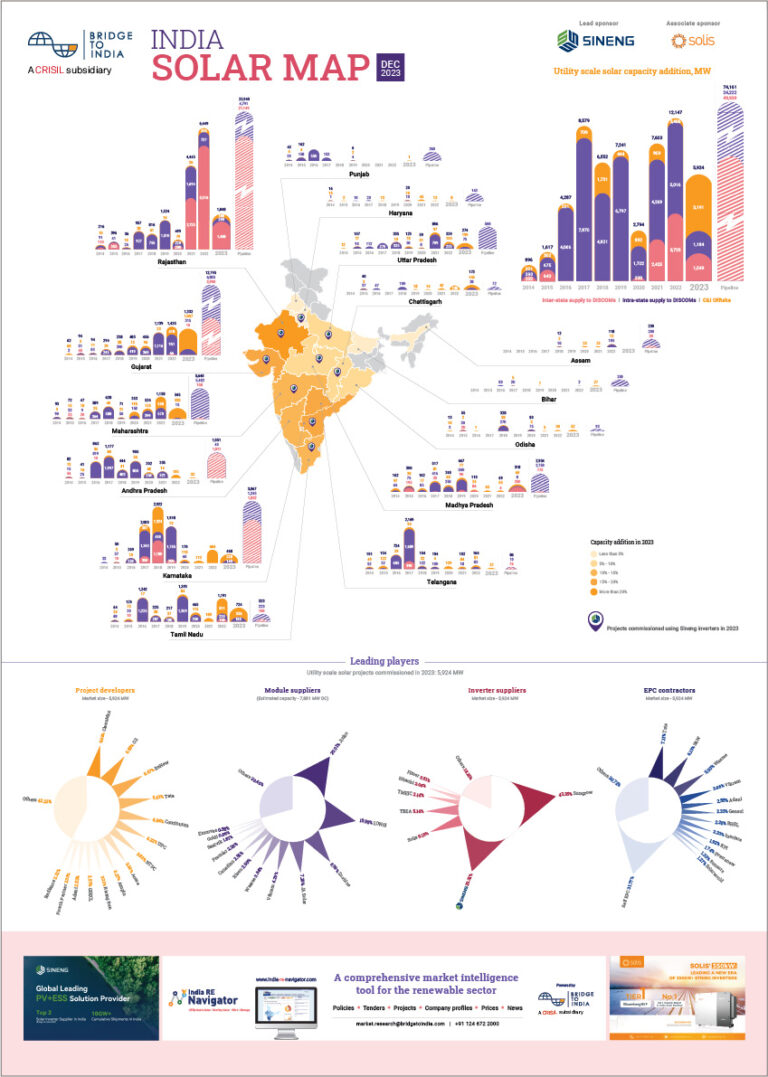Last week, India’s Cabinet Committee on Economic Affairs finally issued its approval for two signature policy schemes announced by the government more than a year ago. The two schemes – SRISTI, covering rooftop solar and KUSUM, covering agriculture solar – are ambitious. The target is to add total distributed solar capacity of approximately 36,000 MW and 25,750 MW with a capital support of INR 118 billion and INR 344 billion (total USD 6.5 billion) respectively by March 2022.
- The two schemes are an unrealistic and outdated mix of capital subsidies, feed-in-tariffs and financial incentives;
- There is no money or time left for this government to implement the new schemes;
- Lack of imagination in policy making is a worrying sign for the sector;
In rooftop solar, the government wants to continue capital subsidy support of 20-40% for residential consumers. Plus, it aims to offer 5-10% of benchmark capital cost as incentives to DISCOMs to get their support for this market. The government also wants to solarise agriculture through installation of 1.75 million solar pumps, another 1 million pumps powered by solar power and 10,000 MW of distributed power plants of up to 2 MW capacity each. A capital subsidy of between 60-80% is proposed for pumps and there is a promise of feed-in-tariff, to be approved by respective state regulators, for power injected into the grid.
As the following table shows, the numbers are not realistic. Moreover, the proposed incentive of 5-10% for DISCOMs is insignificant both in terms of absolute quantum and as compensation for loss of their revenue

Apart from the fact that the numbers do not seem to add up, it is not clear how the two initiatives would be funded. The central government is walking a fiscal tightrope and has been unable to find money for the sector. MNRE’s budgetary allocation of INR 52 billion for FY 2019-20 remains unchanged over previous year. The National Clean Energy Fund, with a cumulative corpus of INR 860 billion, has already been appropriated for other spending needs.
The essence of cabinet clearance after more than a year of announcement of the two schemes is also unclear. At this stage of the political cycle, it seems more like an exercise in political posturing rather than a serious intent. With the ‘model code of conduct’ likely to be imposed from early March, actual implementation is unlikely during the term of this government. That is perhaps a good thing. Upfront subsidies offer little value for money and have failed to achieve purported benefits in the past. They distort incentives for installers and lead to mis-selling and shoddy execution. Moreover, the high cost of administering subsidies wipes out almost 50% of the proposed benefit.












